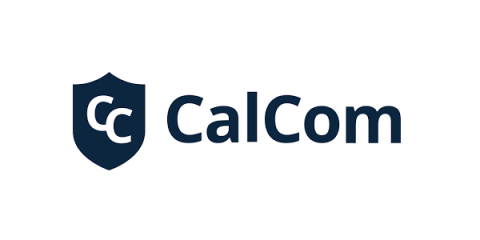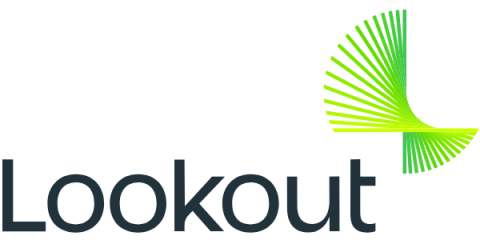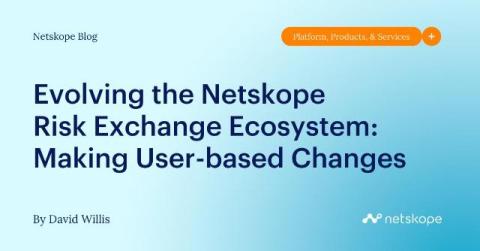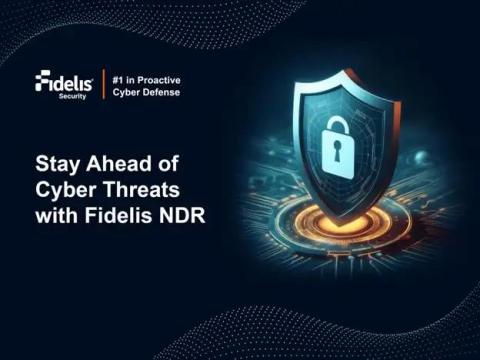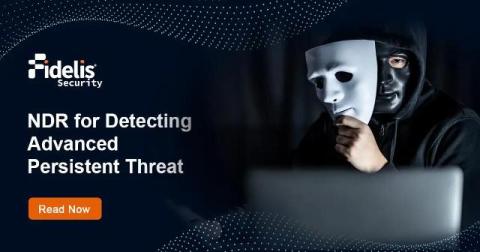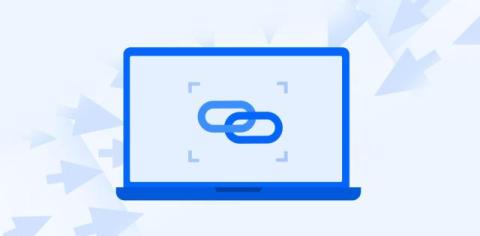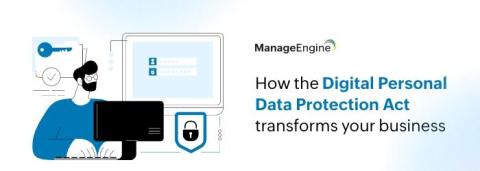Understanding NTLMv1, NTLMv2 and NTLMv2 Session Security Settings
NTLM has three versions - NTLMv1, NTLMv2 and NTLMv2 Session Security. NTLMv2 is supposed to offer better security than its previous version, and to some extent it does provides better defense against relay and brute force attacks, but does not completely block them. NTLMv2 Session Security is a session security protocol that can be used in conjunction with NTLMv1 or NTLMv2 to provide additional security.


